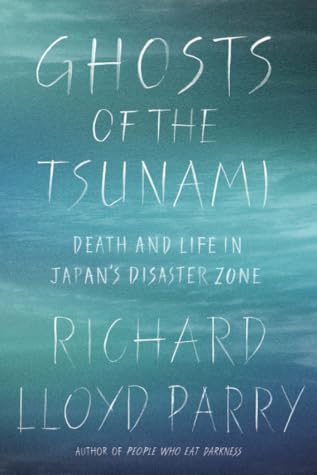More on this book
Community
Kindle Notes & Highlights
Read between
September 3 - September 18, 2023
Halfway through the journey, the driver looked into his mirror to see that the rear seat was empty. He drove on anyway, stopped in front of the leveled foundations of a destroyed house, and politely opened the door to allow the invisible passenger out at his former home.
The old men of Kamaya didn’t think of themselves as living by the sea. A tsunami was a coastal hazard, an affliction of beaches, harbors, and fishing communities, places hard up against the waves. But Kamaya was a farming village, a world apart.
“I thought I’d died,” Tetsuya said. “Dead … the River of Three Crossings. But then there was the New Kitakami Great Bridge, and the traffic island. And so I thought this might be Kamaya after all.”
In those circumstances, after what they had all managed to survive, that thing—I mean, death—was not frightening there.”
“Those rice fields were the sea once,” Sayomi said. “Now they are the sea again.
Personally, I don’t believe in the existence of spirits, but that’s not the point. If people say they see ghosts, then that’s fine—we can leave it at that.”
“What determined life or death? No Buddhist priest knows, no Christian pastor—not even the Pope in Rome. So I would say, ‘There’s one thing I can tell you, and that is that you are alive, and so am I. This is a certainty. And if we are alive, then there must be some meaning to it. So let’s think about it, and keep thinking about it. I’ll be with you as we think. I’ll stay with you, and we will do it together.’
“Go out, and find a house where no son or daughter, no husband or wife, no father, mother, or grandparent has ever died,” the Buddha told her. “Bring from there white mustard seeds, put the seeds into a gruel, feed them to your child, and his life will be restored.”
Everywhere she stopped she heard stories of heartbreak. Each one was different in its details, and all of them were the same. As she listened, the character of the woman’s grief changed. It did not diminish. But in time it altered, from a black and suffocating mass to a form bright and crystalline, through which she was able to recognize death, not as the contradiction of life, but as the condition that makes it possible.


